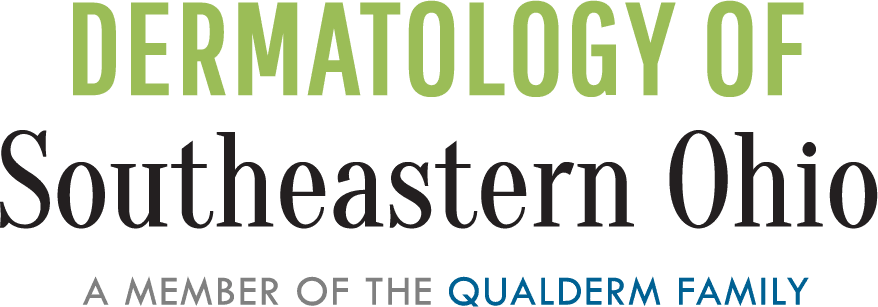Here to help you make informed decisions about your skin and health.
What is Seborrheic Keratosis?
Also known as seborrheic verruca, most people will develop at least one seborrheic keratosis during a lifetime. Fortunately, these lesions are benign and don’t become cancerous. They are characterized as brown, black or yellow growths that grow singly or in groups and are flat or slightly elevated. Often they are mistaken for warts. Generally, no treatment is required unless the growth becomes irritated from chafing against clothing. However, because it look similar in appearance to precancerous growths (actinic keratosis), your dermatologist will likely biopsy the tissue to confirm the diagnosis.
If a seborrheic keratosis becomes irritated or unsightly, removal is conducted using one of these three methods:
Symptoms for Shingles
Some people never get a rash or blisters with shingles, but simply experience the pain.
How to treat Shingles
Shingles is diagnosed based on a medical history and physical examination of the telltale rash. If you suspect you may have shingles, it is important to contact your doctor as quickly as possible. Early treatment can reduce the pain and severity of the episode. Two types of medications are prescribed to treat shingles:
Shingles usually heals in about 2 to 3 weeks without any problem. However, there is a small percentage of patients (10% to 15%), predominantly over age 50, who experience pain that lasts beyond one month after the healing period. This is called postherpetic neuralgia. Catching shingles early and beginning treatment can reduce the likelihood and severity of postherpetic neuralgia. See your dermatologist for pain relief.
The U.S. Food and Drug Administration has approved a vaccine, called Zostavax, for the prevention of adult shingles. It is approved for adults age 60 or older who have had chicken pox. Essentially, the vaccine delivers a booster dose of chicken pox. The vaccine has proven to be very effective in reducing the incidence of shingles and postherpetic neuralgia.
Have questions or concerns? Please call us at 740.454.7546.
